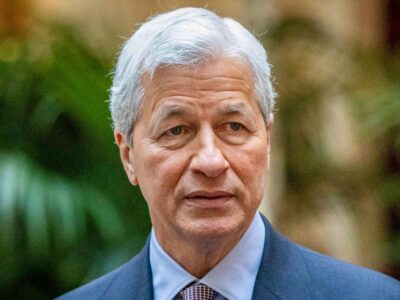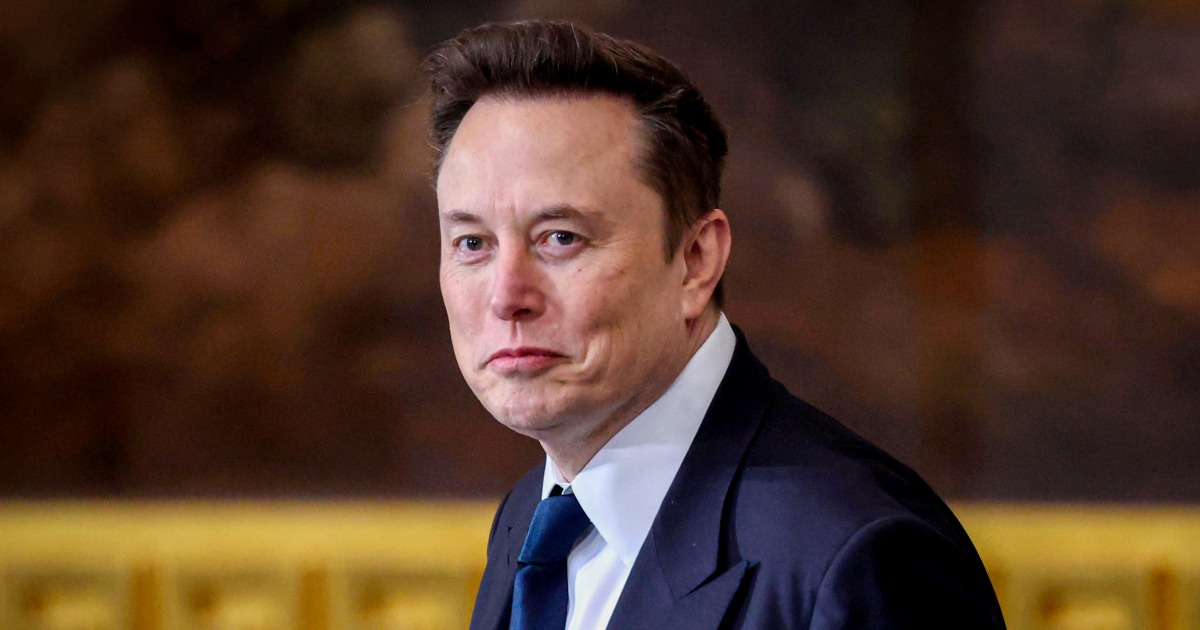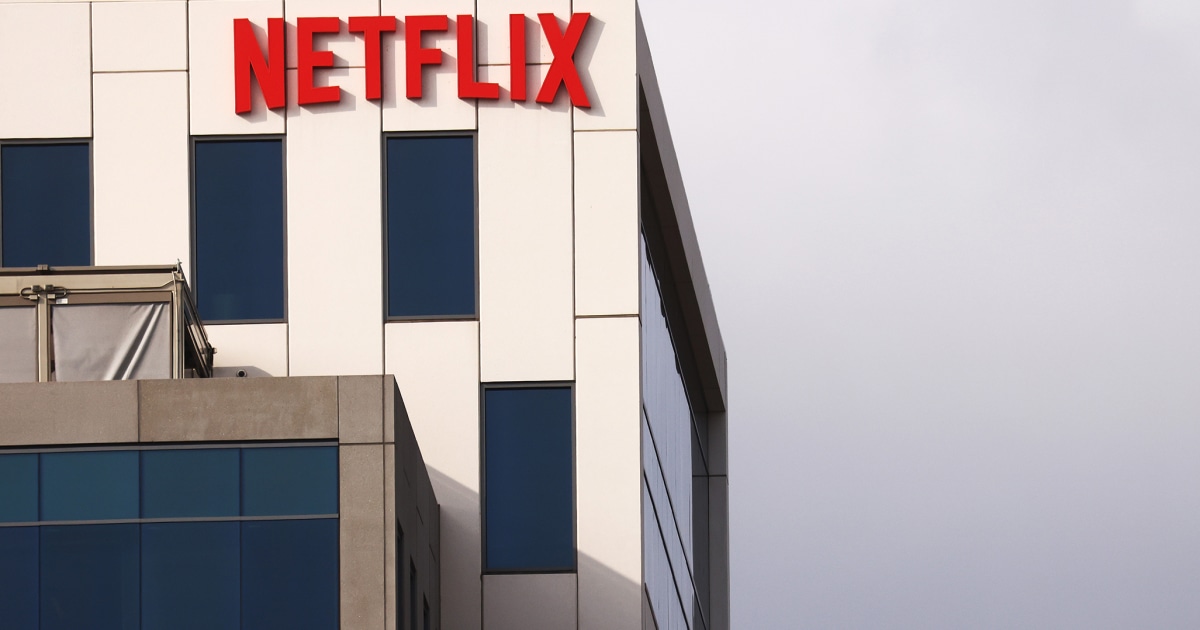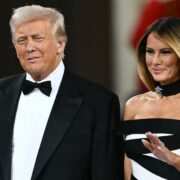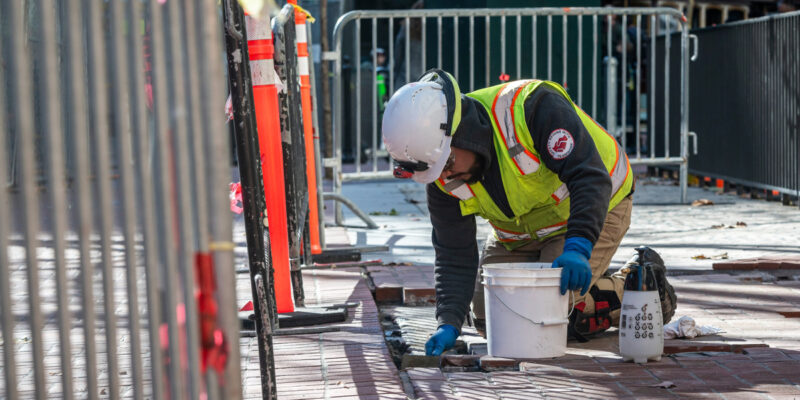
President Joe Biden will end his term with a relatively healthy labor market as the United States added a surprising 256,000 jobs in December and the unemployment rate ticked down to 4.1%.
Both figures, reported Friday by the Bureau of Labor Statistics, compare favorably to historical averages and beat Wall Street forecasts. Analysts surveyed by Dow Jones had expected just 155,000 jobs to be added in December, with the unemployment rate to remain unchanged at 4.2%.
On their own, the latest figures indicate the U.S. economy has largely achieved the “soft landing” scenario Biden sought: relatively low unemployment and relatively low inflation.
Currently, layoffs remain subdued, though the pace of hiring has slowed markedly over the past year. And what new jobs are being created are largely concentrated in health care, government and retail trade, while other sectors are at a standstill. That trend continued in December, with the BLS noting insignificant job gains in manufacturing, professional and business services, leisure and hospitality, and construction.
Despite fanfare about reshoring blue-collar roles, manufacturers have shed jobs in four out of the last five months, and finished the year down a net 87,000 payrolls.
At 12.9 million employees, the U.S. manufacturing sector is essentially the same size it was at the outset of the Covid pandemic.
Markets responded to Friday’s report by sending borrowing costs higher, with Wall Street traders now projecting just one interest rate cut by the Federal Reserve for all of 2025. Stocks fell, with the Dow erasing gains seen after Donald Trump’s reelection.
Millions of voters opted to return Trump to the White House out of frustrations with the Biden era economy, particularly over consumer price increases that began to soar not long after he took office in 2021. Inflation has fallen sharply but still hovers stubbornly just above the Federal Reserve’s 2% target.
Those price pressures overshadowed a booming labor market and sturdy pay gains that increased the net purchasing power of many households. The unemployment rate dropped to lows not seen in decades, with hundreds of thousands of jobs being added most months, as the economy roared back to life from the pandemic.
While on average, wage gains largely kept pace with inflation and the stock market surged to new heights, higher costs have left consumers feeling psychologically worse off, contributing to Democrats’ loss of the White House and the Senate.
Going forward, forecasters expect hiring to keep picking up, albeit slowly, as economic activity continues at a steady clip and interest rates keep ticking down in the wake of the Federal Reserve’s monetary easing.
In fact, the BLS also reported this week that job openings had ticked higher. ZipRecruiter Chief Economist Julia Pollak wrote that the data “hints at the possibility of better news ahead, with the potential for stronger hiring as 2025 gets underway.”
Small-business openings have especially been growing, Pollak said, which other surveys suggest is largely thanks to optimism about what the economy will look like under Trump.
Consumer credit data released this week also shows U.S. borrowers are seeking to pay down their debt after an aggressive run-up in purchasing behavior. That may suggest slower spending — but the same data showed borrowing for auto purchases surged in November, suggesting a more balanced picture of consumer health.
S&P Global reported this week that its business confidence services purchasing managers index was at an 18-month high, with the employment component increasing for the first time in five months.
“There are a confluence of factors that will lead the labor market to stabilize and possibly even warm up a little,” said Guy Berger, director of economic research at the Burning Glass Institute.




